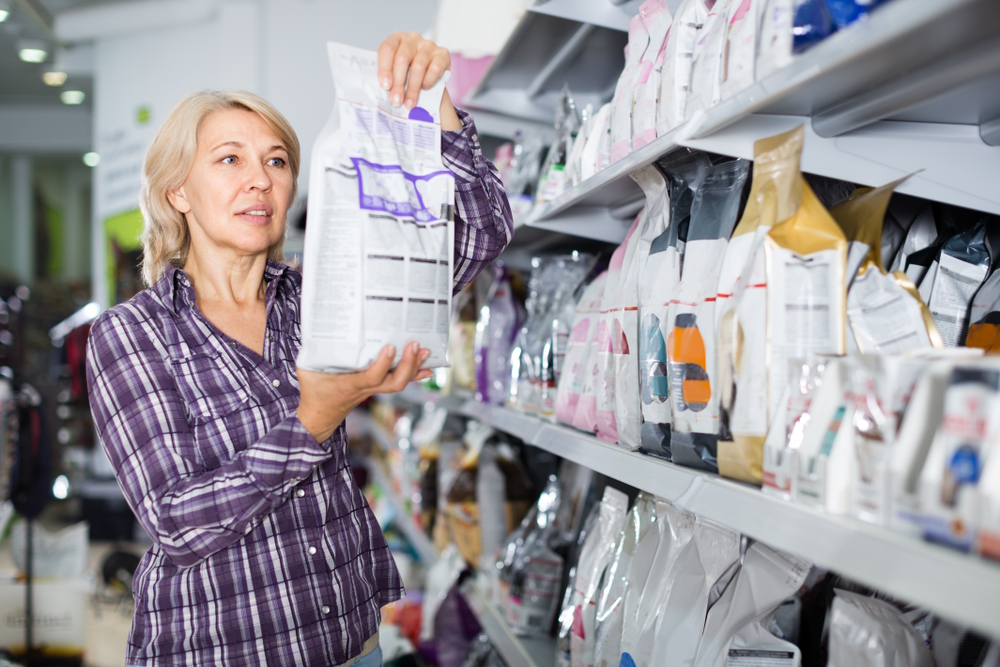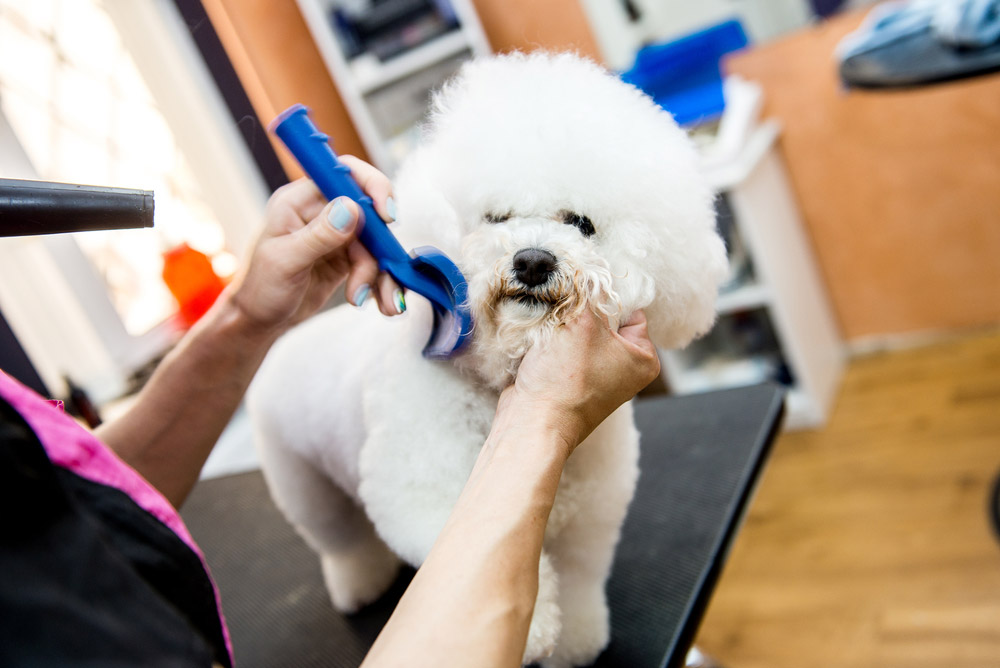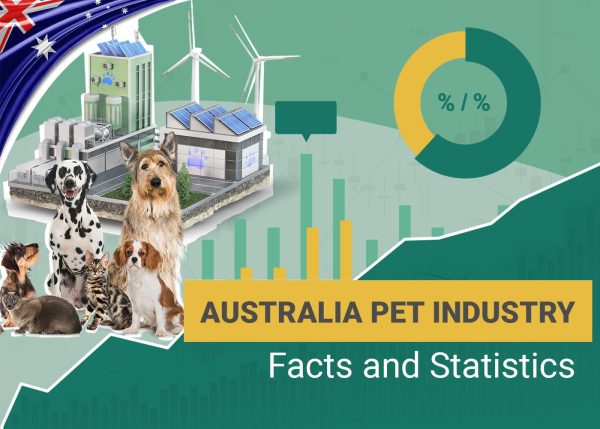Click to Skip Ahead
Australia has one of the highest pet ownership rates in the world with more than two-thirds of all households owning at least one pet. Dogs are the most popular pets, followed by cats, but there are also large populations of pet birds and fish, as well as a growing population of pets like lizards and snakes. The younger generations are the most likely to own pets, with one survey suggesting 70% of all pet owners are Gen Zs.
Pet owners spend $22 billion a year on their pets, with the majority of this going on pet food. The second highest cost is veterinary bills, but with more than 4,000 dog groomers in the country, pet pampering is also an important part of owning a companion animal for Aussie owners.
Below, we look at the statistics and trends related to the Australian pet industry, including total expenditure and a breakdown of the market.
Note: This article’s statistics come from third-party sources and do not represent the opinions of this website.

The 14 Pet Industry Statistics in Australia
- There are approximately 30 million pets in Australia.
- Over two-thirds of Australian households own pets.
- There are 6.33 million dogs in Australia.
- The average Australian household has 1.6 cats.
- 70% of pet owners are Gen Zs.
- Australian pet owners spend AU$22 billion a year on their pets.
- The pet food market is worth AU$3.79 billion per annum.
- Pet food accounts for 60% of the pet industry.
- Mars Incorporated has the largest pet food market share with 8% of the total market.
- Veterinary services account for 14% of annual pet expenditure.
- Fewer than 10% of pets are insured.
- There are 14,000 registered vets.
- The pet grooming market is worth an estimated USD$160 million.
- There are more than 4,000 dog groomers.


Australian Pets
1. There are approximately 30 million pets in Australia.
(Pet Food Industry)
Australia really loves its pets, and the country has an estimated pet population of 30 million animals. The figure shot up during the pandemic, as people turned to new pets as a means of helping them through the difficult periods of isolation that accompanied lockdowns.
Dogs are the most popular pet species, followed by cats, but the country also has growing populations of fish, birds, small mammals, and reptiles.
2. Over two-thirds of Australian households own pets.
(IBIS World)
Following the pandemic, 69% of Australian households keep pets, which is a sharp increase from the 61% that owned pets prior to the pandemic. However, the population of pet owners faces a lot of challenges in the post-pandemic climate.
As well as the cost-of-living crisis faced by most people around the world, and a return to work that means a lot of pet owners spend less time caring for their pets, Australia has also seen more than its fair share of natural disasters in the past few years.
These factors have seen a lot of owners being forced to look for alternative care for their pets, which has seen an increase in animals being relinquished.

3. There are 6.33 million dogs in Australia.
(Statista)
As is true in most countries, dogs are the most popular pets. They are preferred because they offer interaction and companionship that can’t necessarily be gained from other species. However, they do require lots of exercise, which necessitates regular walks, and the cost of keeping dogs is generally higher than keeping other animals.
Still, Australia has a dog population of approximately 6.33 million. Nearly half of all Australian households own at least one dog.
4. The average Australian household has 1.6 cats.
(Statista)
Cats are also popular, and the average Australian home keeps 1.6 cats. Although cats are not perceived as being as interactive as dogs, they generally cost less to buy and keep, and although they do need regular interaction, stimulation, and exercise, they are considered lower-maintenance pets than dogs.

5. 70% of pet owners are Gen Zs.
(Mordor Intelligence)
Although pet owners span all generations and ages, it is the younger generation that is leading the pet ownership charge. 70% of pet owners are Gen Z, which are those that were born in the late 1990s to the early 2010s.
The Pet Industry
6. Australian pet owners spend $22 billion a year on their pets.
(Pet Food Industry)
One survey suggests Australian pet owners spent a massive AU$33 billion, equivalent to $22 billion USD, in 2022, including expenditure on pet food, veterinary services, and other pet services. This was despite owners facing financial hardships and many heading back to work.

7. The pet food market is worth AU$3.79 billion per annum.
(Mordor Intelligence)
Pet food is the single biggest expense for most pet owners, including pets of all species. The pet food market is worth AU$3.79 billion in 2024, and this figure is expected to rise to $4.57 by 2029 with a CAGR of 3.81%.
Dogs account for the largest portion of the food industry, which is not surprising considering the population of dogs is higher than that of cats and other pets, and dogs tend to eat more than other animals. Dog food accounts for 44% of the total market, with cats accounting for the second biggest share of the industry.
8. Pet food accounts for 60% of the pet industry.
(IBIS World)
Such is the expenditure on pet food, and pets’ requirement for food, that pet food expenditure accounts for 60% of the total pet food industry expenditure. Dog and cat food includes dry and wet commercial food options.
Some consumers prefer dry food because it lasts longer without spoiling and tends to cost less than wet food. However, wet food is considered more palatable and appealing to the pets themselves. Many owners choose to feed a combination diet that combines the two and offers the best of both worlds.

(Mordor Intelligence)
Globally, Mars Incorporated dominates the pet food market, and this is true in Australia, where it holds 8% of the market. Mars brands include Pedigree, Royal Canin, and Whiskas.
Mars brands can be found in pet stores as well as in grocery stores and other general stores, giving a strong brand presence and making their products a convenient purchase for a lot of pet owners. They also do a variety of wet and dry food, as well as foods for cats and dogs, which means they hold a share of most pet food markets.
Pet Services
10. Veterinary services account for 14% of annual pet expenditure.
(Pet Food Industry)
While food is the biggest outlay, veterinary services are typically the most unexpected and unplanned costs. Owners know they need to pay for annual checkups, vaccinations, and procedures like spaying and neutering, but an unexpected illness or accident can cost hundreds or even thousands of dollars.

11. Fewer than 10% of dogs and cats are insured.
(RSPCA Pet Insurance)
The surprise of unexpected vet bills can be mitigated with pet insurance. Policies include accident-only policies, which protect against injuries and problems incurred after an accident involving a pet. Illness and accident policies also protect against unexpected illnesses, although there are exclusions for some hereditary conditions, and most policies do not cover existing conditions.
It can be very difficult to get insurance for pets other than cats or dogs, but policies for these are commonplace. Despite this, only 600,000 cats and dogs are insured, representing around 8% of the pet population.
12. There are 14,000 registered vets.
(SMH)
There are 14,000 registered vets in Australia, although the figure does fluctuate annually. Considering the 30 million pet population, this means there is only one vet for every 2,000 or so pets in the country.
Taking into account horses and farm animals, the figure is much higher. There is a shortage of vets in Australia, with only about 750 new graduate vets emerging every year.

13. The pet grooming market is worth an estimated $160 million.
(TechSci Research)
Following the surge in pet ownership, and owners having less time to spend on pet maintenance, the pet grooming market has experienced a sizable boom in recent years. Grooming and related services are worth approximately $160 million a year.
Grooming services include washing and trimming the coat, as well as dental care and claw trimming, and are an effective way of supplementing daily or weekly brushing at home.
14. There are more than 4,000 dog groomers.
(Maven Marketing)
Such has been the growth of the grooming market and there are now more than 4,000 groomers across the country. Although some owners do take their pets, most often dogs, for professional grooming sessions, many owners choose to groom their pets themselves.

Frequently Asked Questions (FAQ)
What is the largest pet industry sector?
Pet food is the largest sector within the pet industry. More than half of all the revenue generated within the industry comes from the pet food sector. This includes dry and wet food, as well as frozen and fresh food created specifically for pets.
It also includes dog and cat food, as well as foods for other pet types. Veterinary services are the second largest sector.
Which is the largest pet market in the world?
The U.S. has the biggest pet industry in the world. The U.S. pet industry is worth approximately $140 billion, and this figure is expected to keep increasing. Pet food is the biggest sector, accounting for between $65 and $70 billion in expenditure, annually. (American Pet Products)
What is the global pet industry worth?
The global pet industry is worth an estimated $320 billion currently, and this figure is expected to rise to a massive $500 billion by 2030. The U.S. alone is expected to see its market value reach $200 billion, and it will retain its position as the largest market in the world. (Bloomberg)

Conclusion
The global pet industry is worth around $320 billion per annum, with the U.S. representing the single largest market in the world with a $140 billion expenditure. Australia’s market is relatively small, comparatively, with a $22 billion annual expenditure.
Pet food represents the largest sector of the industry, followed by vet services and medical bills, but the country is struggling with a shortage of new vets. One sector that isn’t struggling is the pet grooming market, as there are now more than 4,000 groomers across the country: a figure that is likely to continue growing.












